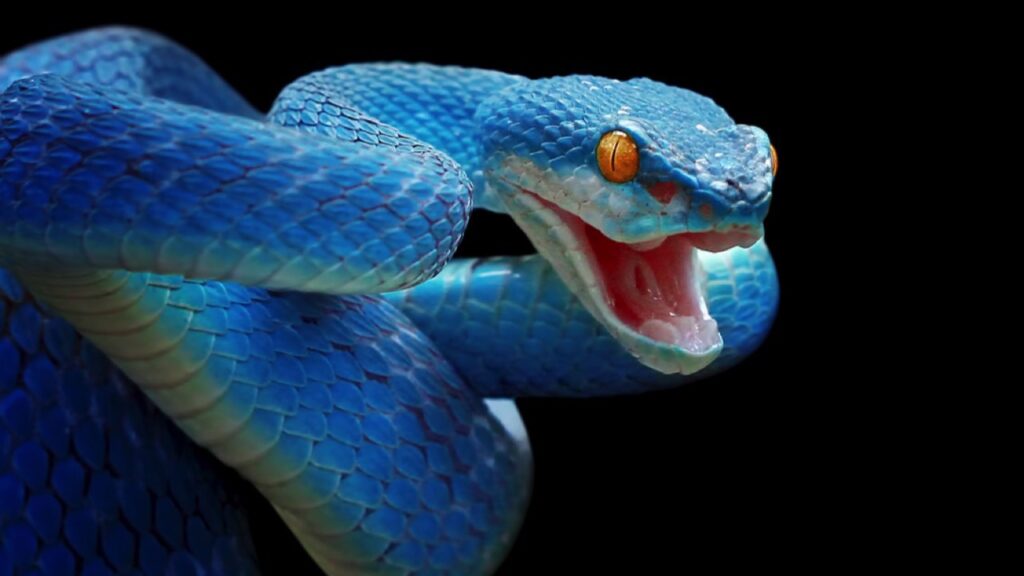Venomous animals have always fascinated us with their unique abilities and behaviors. By understanding these creatures better, we can appreciate their role in the natural world and learn to coexist with them. Here are 12 interesting insights into the behavior of venomous animals.
1. Not all venomous animals are aggressive
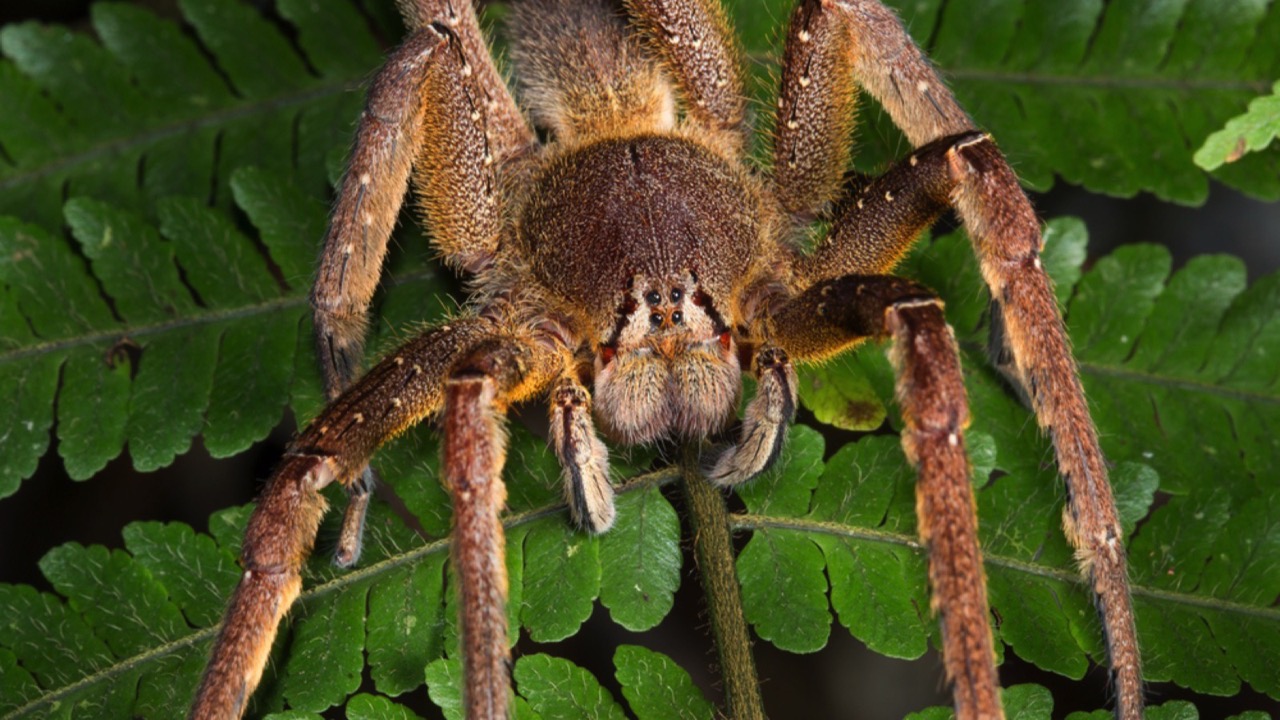
Contrary to popular belief, most venomous animals are not inherently aggressive. They usually use their venom as a last resort for self-defense or to capture prey. Many venomous animals would rather flee than fight when confronted by humans.
2. Venomous animals use warning signals
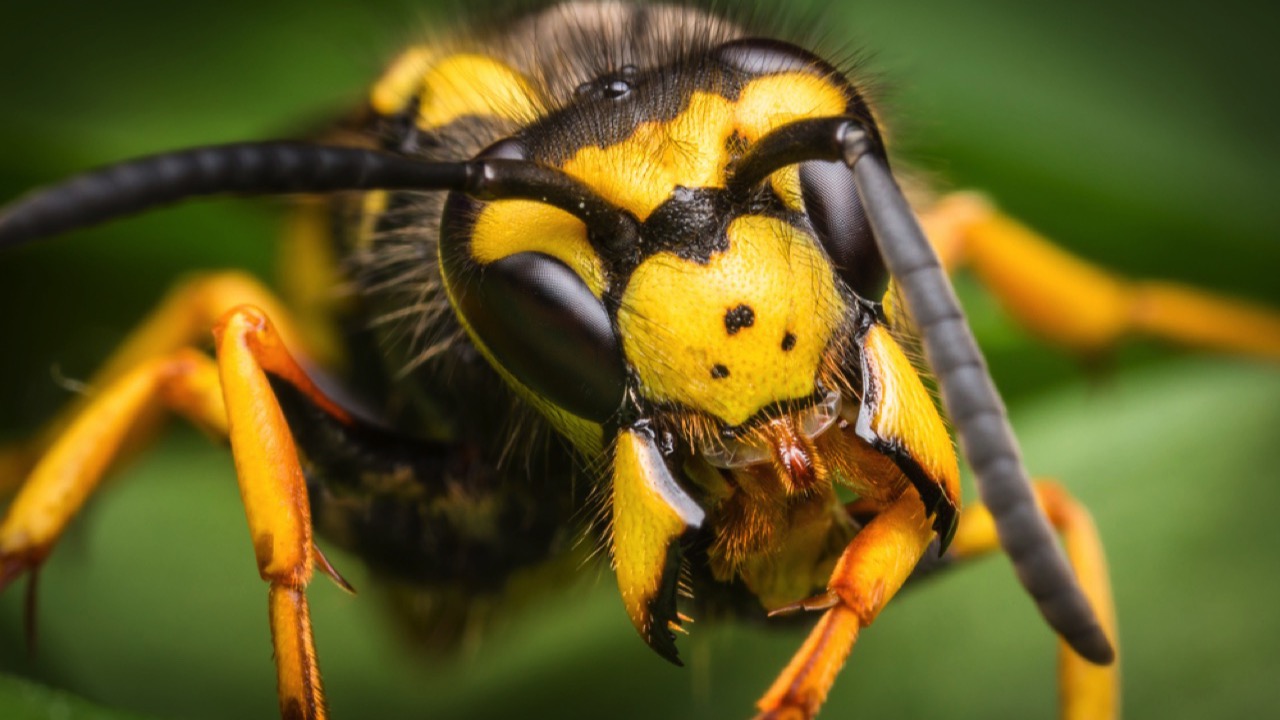
Many venomous animals have bright colors or distinct patterns that serve as a warning to potential predators. These visual cues help them avoid unnecessary conflicts and conserve their valuable venom for when it’s truly needed.
3. Some venomous animals have complex social structures

Certain species of venomous animals, such as some scorpions and spiders, have surprisingly complex social structures. They may live in communal groups, share resources, and even exhibit cooperative behaviors.
4. Venom composition varies among species
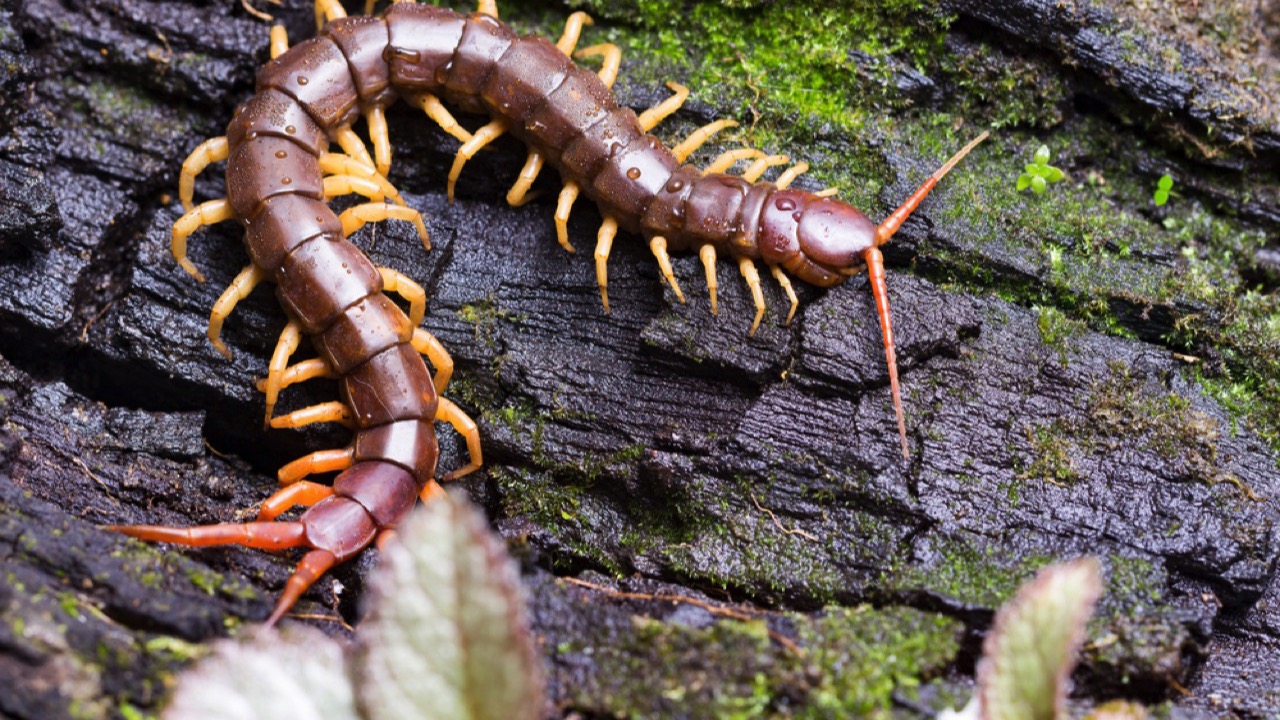
The composition of venom can vary significantly among different species of venomous animals. This diversity in venom chemistry reflects the unique evolutionary adaptations of each species to its specific habitat and prey.
5. Venomous animals can control venom delivery

Many venomous animals have the ability to control the amount of venom they inject during a bite or sting. This allows them to conserve their venom and use it more efficiently, depending on the size and nature of their target.
6. Some venomous animals use their venom for digestion
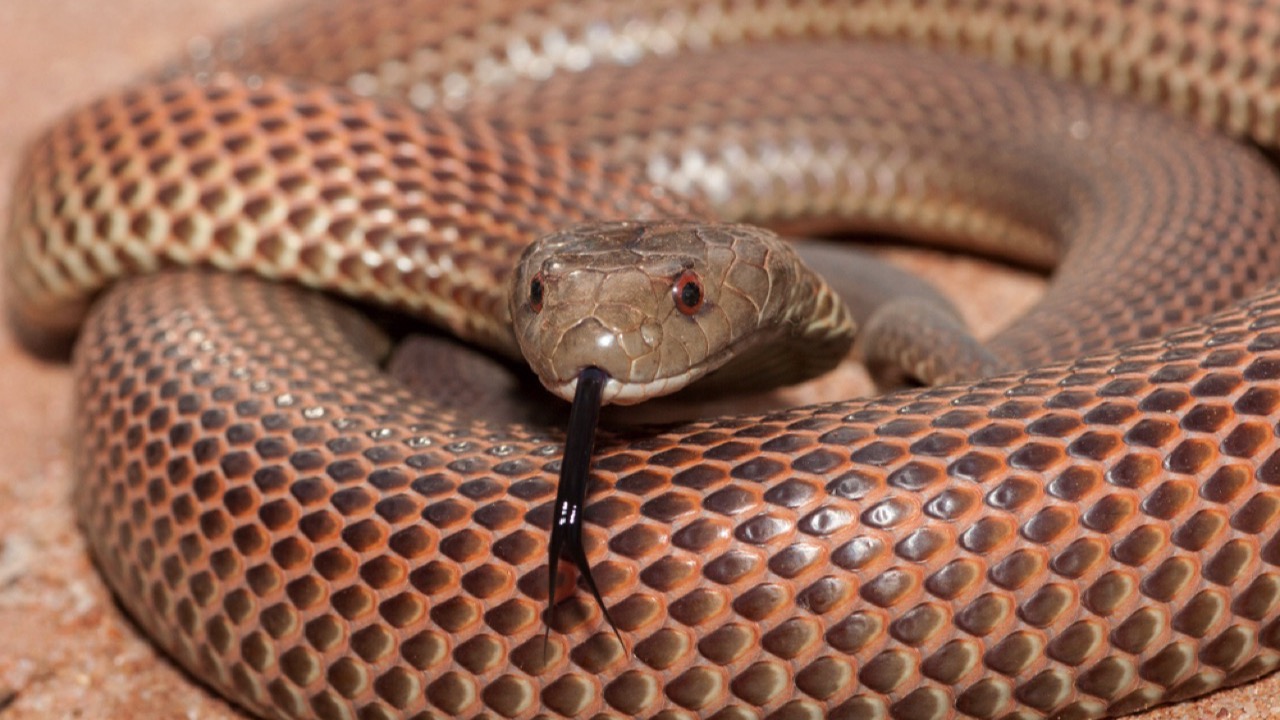
In addition to using venom for defense and predation, some venomous animals, such as certain snakes and spiders, also use their venom to begin the digestion process before consuming their prey.
7. Venomous animals can adapt to changing environments
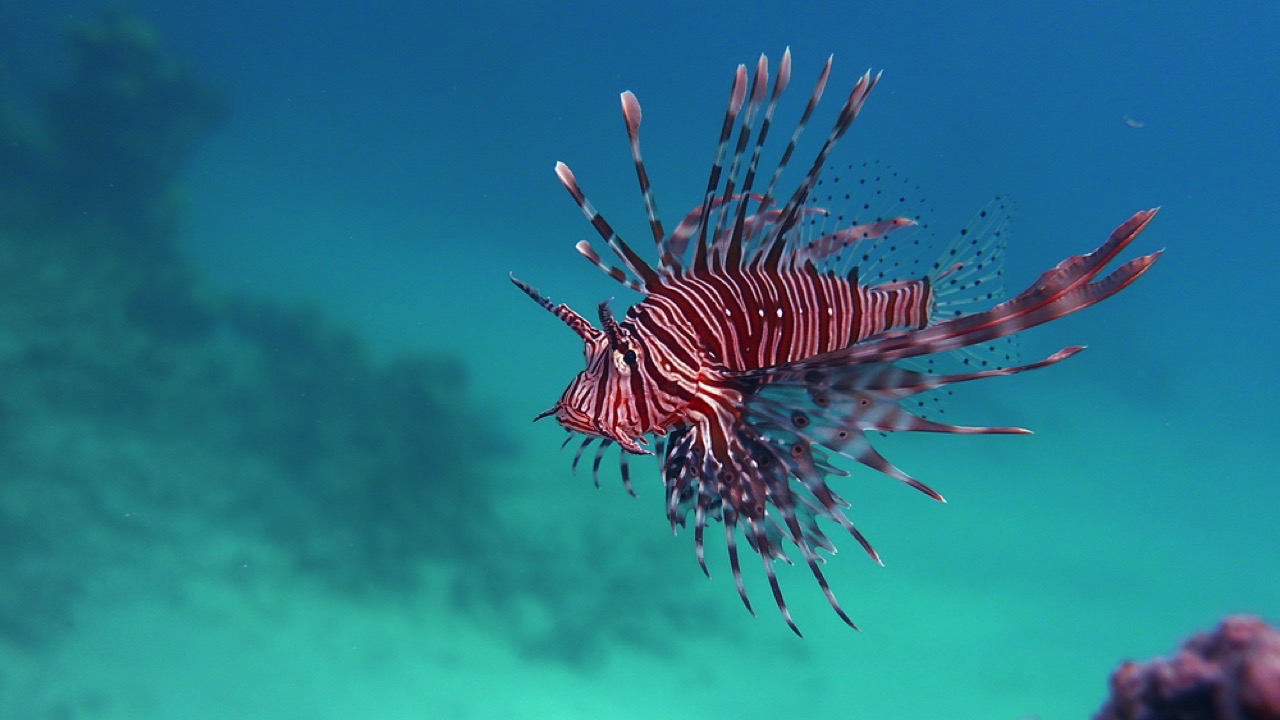
Venomous animals have shown remarkable adaptability to changing environments. Some species have even learned to thrive in urban settings, adjusting their behavior and diet to suit their new surroundings.
8. Venom can have medicinal properties
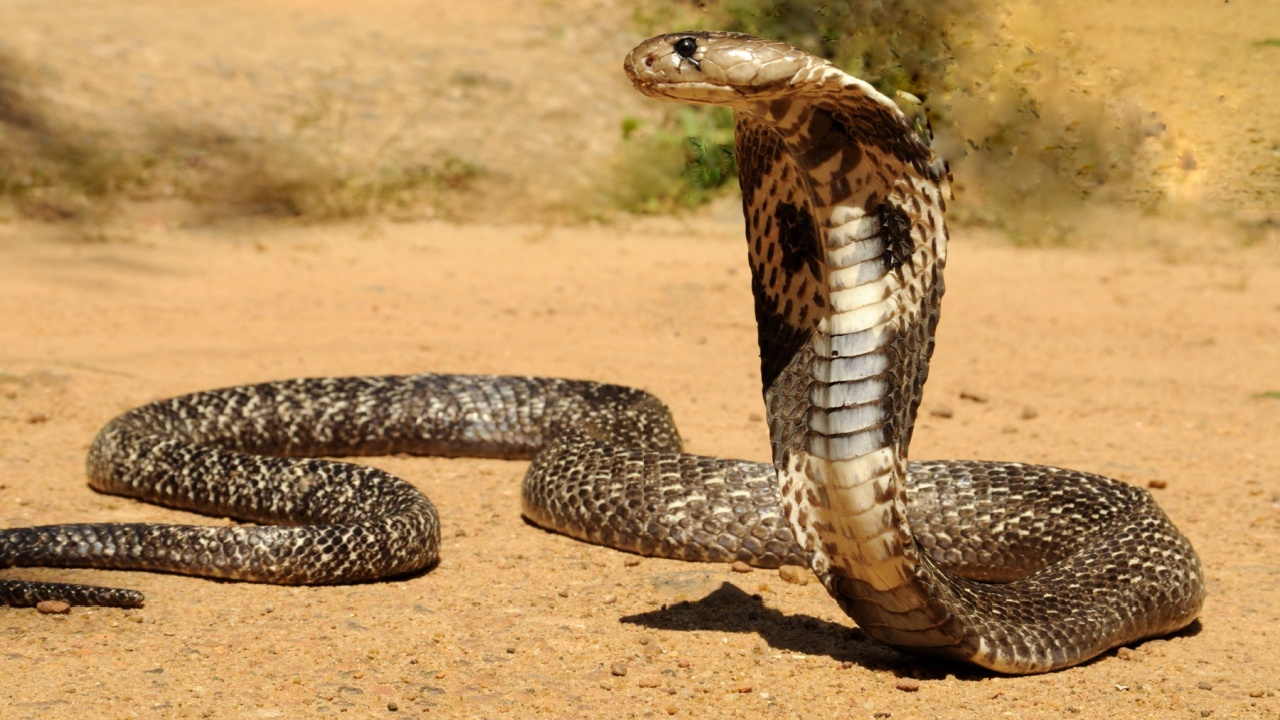
The venom of some animals has been found to contain compounds with potential medicinal properties. Researchers are studying these compounds in hopes of developing new treatments for various health conditions.
9. Venomous animals have unique hunting strategies
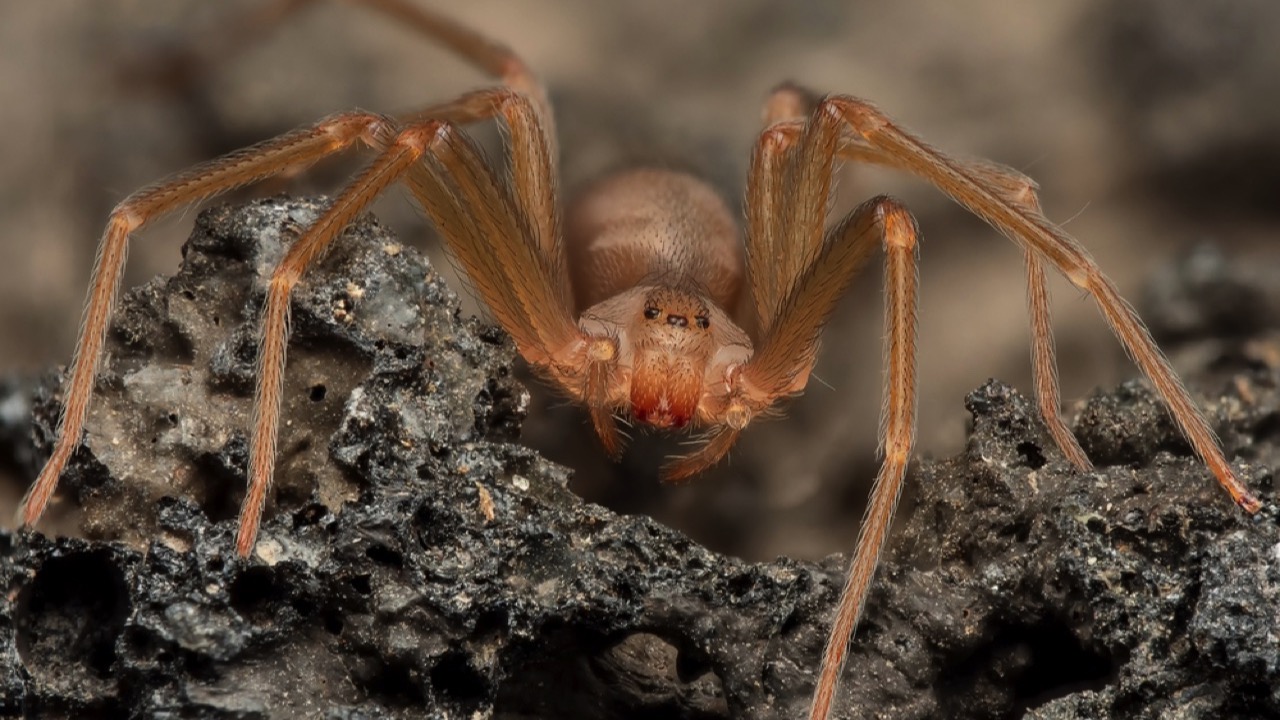
Different venomous animals employ a wide range of hunting strategies to capture their prey. Some use ambush tactics, while others actively pursue their targets. These strategies are often tailored to the specific prey and habitat of each species.
10. Maternal care is common among venomous animals

Many venomous animals, such as certain scorpions and spiders, exhibit strong maternal care behaviors. Mothers may protect and provide for their young until they are old enough to fend for themselves.
11. Venomous animals play important ecological roles
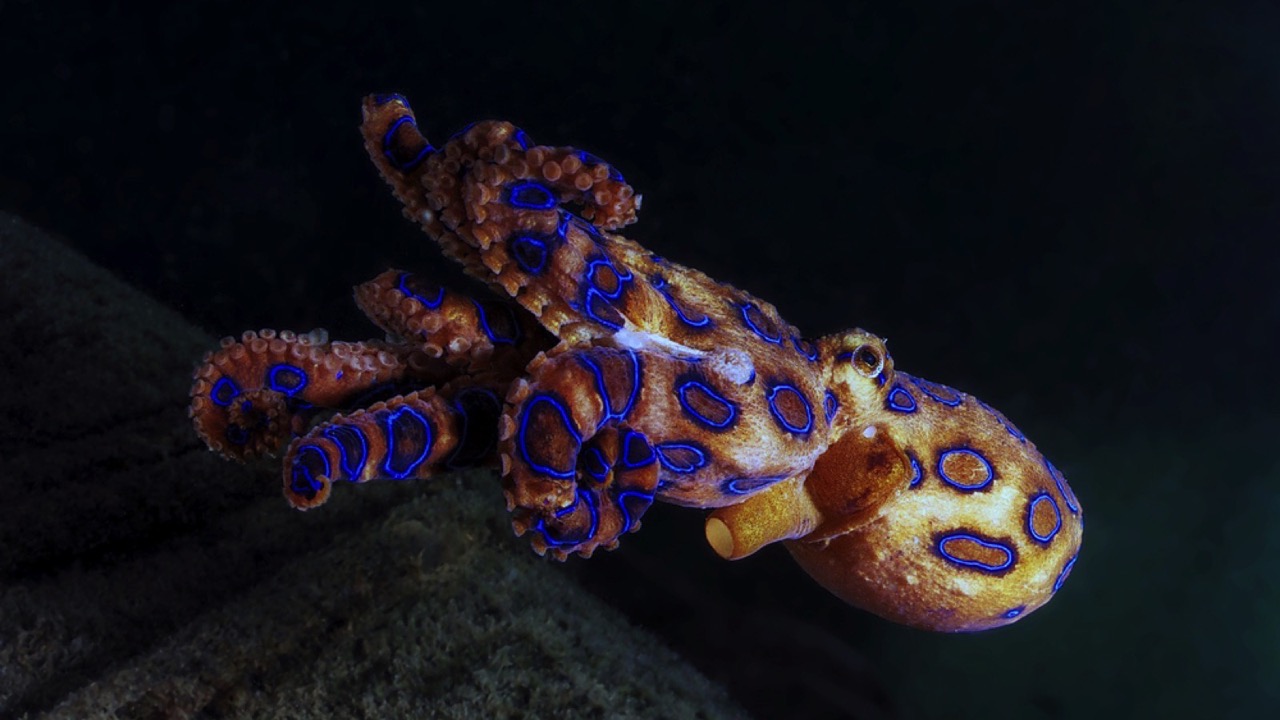
Venomous animals are an integral part of many ecosystems. They help maintain the balance of prey populations and contribute to the overall health and diversity of their habitats.
12. Human activities can impact venomous animal behavior

Human activities, such as habitat destruction and climate change, can have significant impacts on the behavior and well-being of venomous animals. It is crucial that we work to protect their habitats and minimize our negative impact on these fascinating creatures.
Becky is a fervent wildlife enthusiast and pet care expert with a diploma in canine nutrition. Her love for animals stretches beyond the domestic, embracing the wild tapestry of global fauna. With over a decade of experience in animal welfare, Becky lends her expertise to OutlandishOwl through insightful articles, captivating wildlife information, and invaluable guidance on pet nutrition. Her work embodies a deep commitment to understanding the intricate lives of animals and a passion for educating others on sustaining natural habitats. Becky's hands-on conservation efforts and her knack for translating complex dietary science into practical pet feeding tips make her an indispensable voice for creatures great and small.

